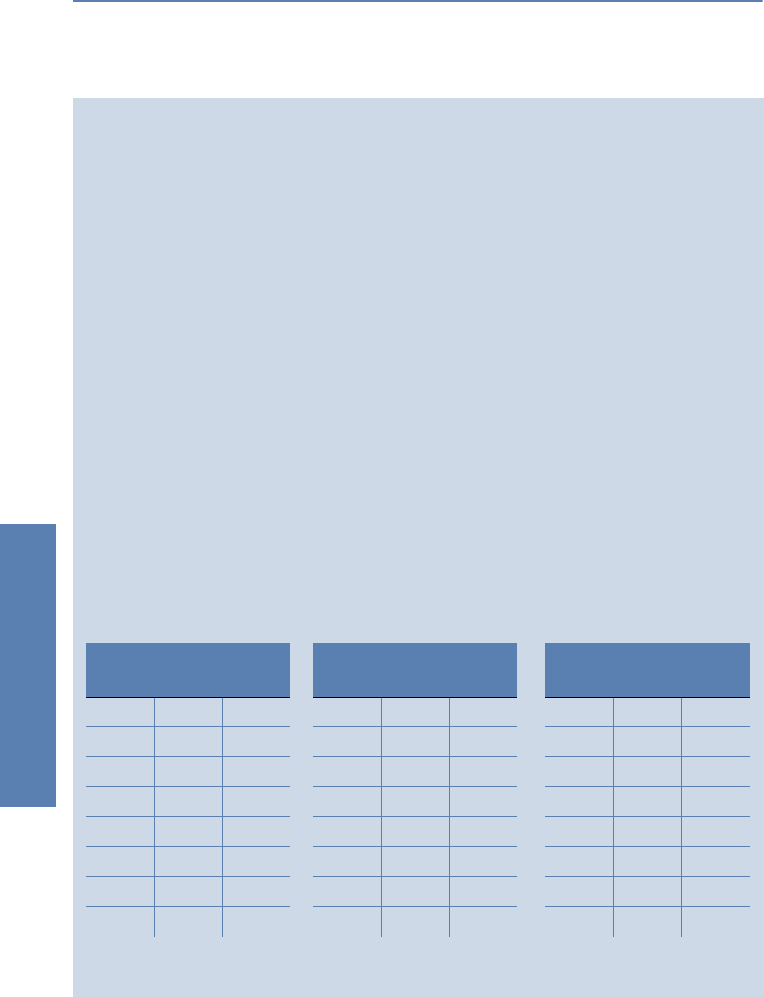
LANCOM Reference Manual LCOS 3.50 ̈ Chapter 9: Quality of Service
170
Quality of Service
୴ Limited maximum bandwidth
What is DiffServ?
DiffServ stands for “Differentiated Services” and is a quite recent model to signal the priority
of data packets. DiffServ is based on the known Type-of-Service(ToS) field and uses the same
byte within the IP header.
ToS is using the first three bits to describe the priorities (precedence) 0 to 7, as well as four
further bits (the ToS bits) to optimize the data stream (e.g. “Low Delay” and “High Reliability”).
This model is rather inflexible, and this is why it has been used quite rarely in the past.
The DiffServ model uses the first 6 bits to make distinctions of different classes. Up to 64 grad-
ings are thus possible (Differentiated Services Code Point, DSCP) which enable a finer priori-
sation of the data stream:
̈ To ensure downward compatibility with ToS implementations, the previous precedence
levels can be depicted with the “Class Selectors” (CS0 to CS7). Thereby, the level “CS0”
denotes so-called “Best Effort” (BE) and stands for usual transfer of data packets without
special treatment.
̈ The “Assured Forwarding” classes are used for a secured transfer of data packets. The first
digit of the AF class describes each the priority of the transfer (1 to 4), the second digit
the “drop probability“ (1 to 3). Packets with AFxx marking are transferred in a secured
way, and thus not dropped.
̈ Finally, the class “Expedited Forwarding” marks those packets, that shall be transferred
preferentially, before all other packets.
Code
point
DSCP
bits
Dec. Code
point
DSCP
bits
Dec. Code
point
DSCP
bits
Dec.
CS0 (BE) 000000 0 AF11 001010 10 AF33 011110 30
CS1 001000 8 AF12 001100 12 AF41 100010 34
CS2 010000 16 AF13 001110 14 AF42 100100 36
CS3 011000 24 AF21 010010 18 AF43 100110 38
CS4 100000 32 AF22 010100 20 EF 101110 46
CS5 101000 40 AF23 010110 22
CS6 110000 48 AF31 011010 26
CS7 111000 56 AF32 011100 28


















